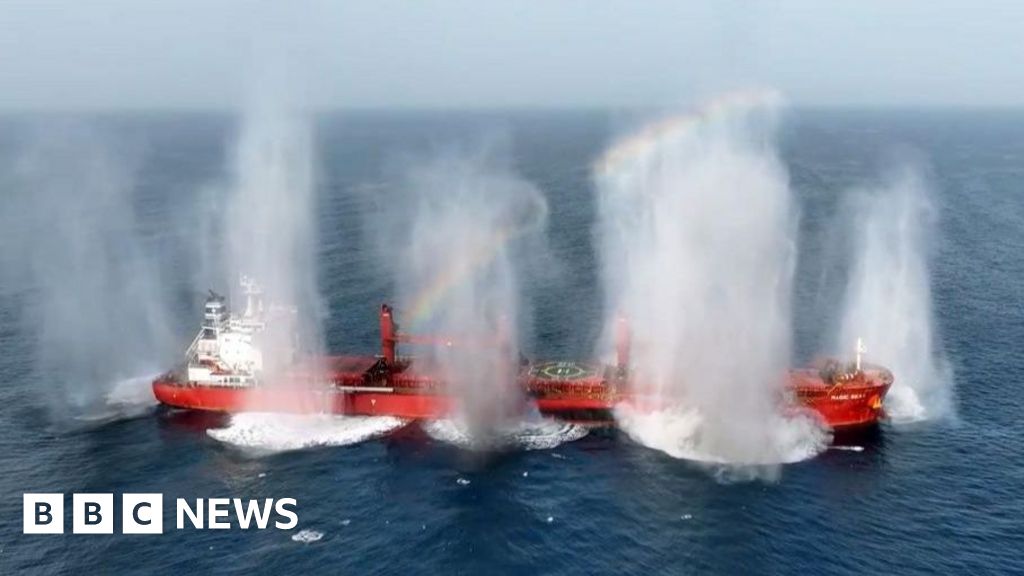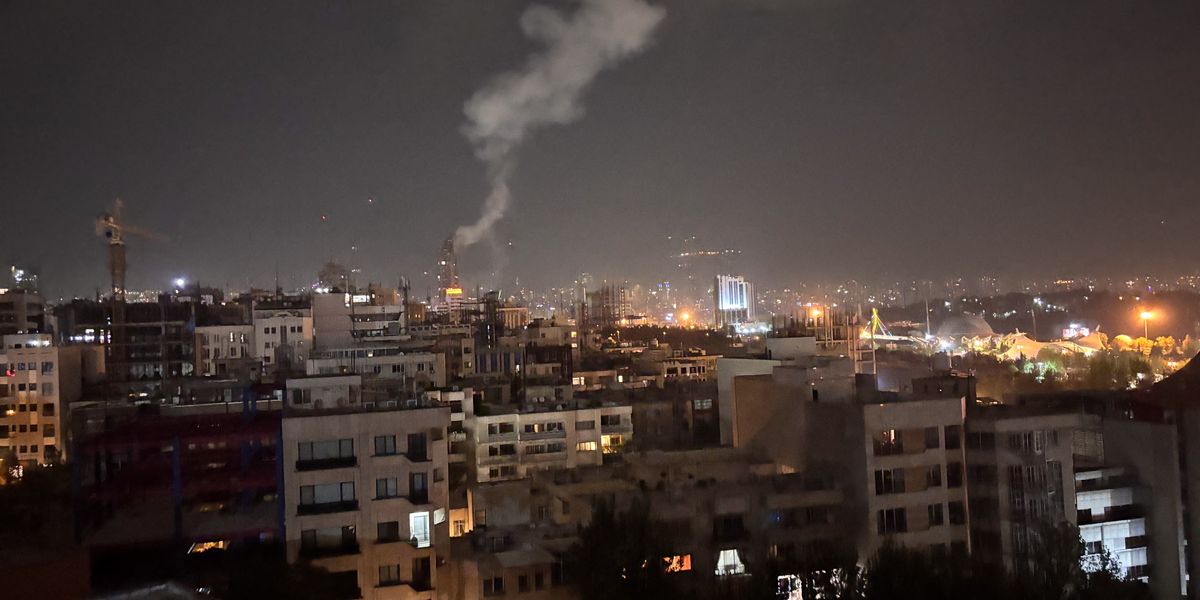Iran may have just three weeks to avoid military conflict over its nuclear programme, experts warned last night. It follows a belligerent speech by Supreme Leader Ayatollah Ali Khamenei that rejected the latest US nuclear proposal outright.
Speaking on Wednesday, Khamenei said that Tehran would not seek America’s “green light” and would never abandon uranium enrichment, calling the US plan “100% against” the ideals of the 1979 Islamic Revolution. “Who are you to tell us whether we should have a nuclear program or not?” he demanded.
His remarks followed a fifth round of talks between US envoy Steve Witkoff and Iran’s Foreign Minister Abbas Araghchi, with a sixth expected imminently in the Middle East.
But with Iran insisting on the right to enrich uranium on its own soil and the US demanding severe curbs, the process appears to have reached a critical impasse.
Regional expert Megan Sutcliffe of Sibylline warned that Khamenei’s tone was a sign that “incompatibilities are becoming roadblocks” and that the window for diplomacy may soon close.
“We are now at the point where we're asking more difficult questions,” she said.
“This statement from the Supreme Leader does not exactly inspire hope.”
At the heart of the issue is the Wyckoff proposal – a renewed framework floated by the US that would allow Iran to retain very limited enrichment capacity in exchange for pausing all enrichment activity for up to three years.
The deal also calls for dismantling Iran’s more advanced centrifuges, potentially by pouring concrete into them - a measure reminiscent of stricter demands long favoured by Trump-aligned hardliners.
The wider regional implications are profound.
Israeli Prime Minister Benjamin Netanyahu has staked much of his legacy on countering Iran's nuclear threat.
But his ambitions to destroy Iran's nuclear facilities - including the Fordow Fuel Enrichment Plant, which is dug deep into a mountain near the city of Qom - depend on US military cooperation.
Any hope of this has been paused while nuclear negotiations play out.
“In Netanyahu’s ideal world, negotiations collapse, and at that point, the US and Israel would cooperate on military strikes to wipe out those capabilities,” she said.
Time is short.
"If deadlock persists for the next three weeks – even two – then that’s the point where the US may begin considering green-lighting strike action," added Sutcliffe.
That timeline aligns with the upcoming June 9 quarterly board meeting of the International Atomic Energy Agency (IAEA), where a confidential new report will be reviewed.
According to leaked versions of the report, Iran’s stockpile of uranium enriched to near-weapons grade has increased by a third since February, now estimated at 400kg – enough for several nuclear weapons.
“If it appears that Iran has moved its stockpiles or enrichment capacity into undeclared locations, or further restricted IAEA access, then that may be the final tipping point,” said Sutcliffe.
She warned that such disclosures would likely end any remaining US faith in diplomacy, especially under the Trump-led administration, which is positioning itself as far tougher than its predecessors.
While Iran insists its nuclear programme is peaceful, its refusal to allow unfettered international inspections, its expansion of missile capabilities, and increasingly defiant rhetoric are raising fears that a confrontation may be unavoidable.
One hope is that Ayatollah Khamenei's rhetoric was designed to assure his domestic audience that he remains in charge.
“The clock is ticking,” Sutcliffe said.
“What happens in the next three weeks could determine whether diplomacy survives or whether we see military action against Iran’s nuclear facilities.”
One US source close to the talks put it bluntly:
“This is the moment. Either Tehran folds, or there are air strikes.
"And if it’s the latter, we’re looking at a very different Middle East come July.”

 1 month ago
6
1 month ago
6










 English (US) ·
English (US) ·